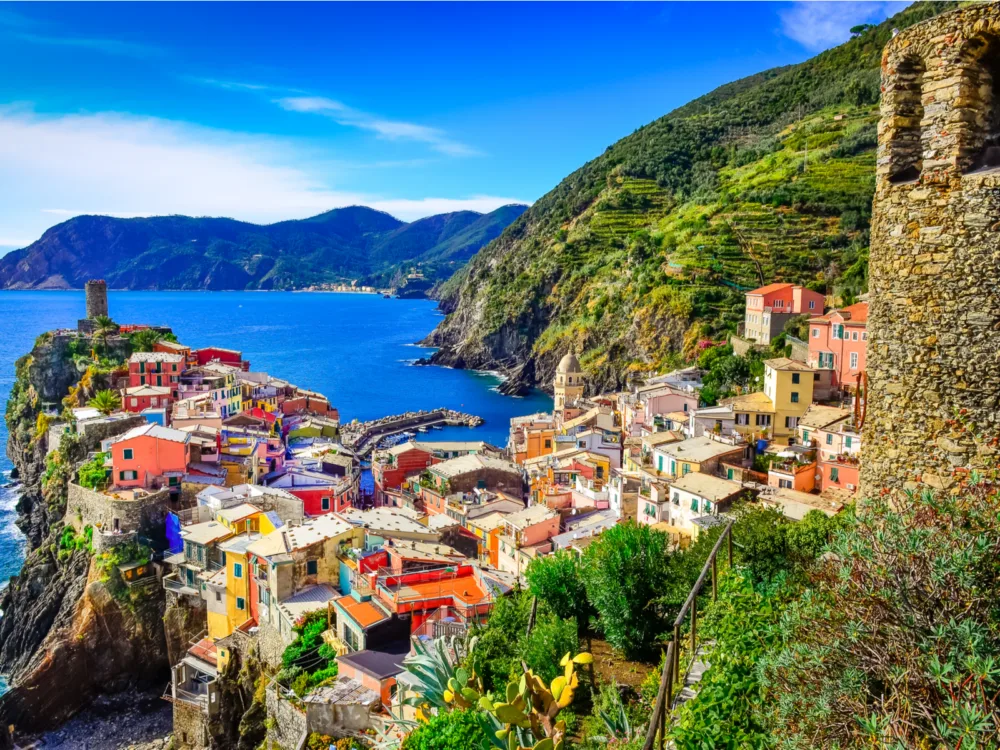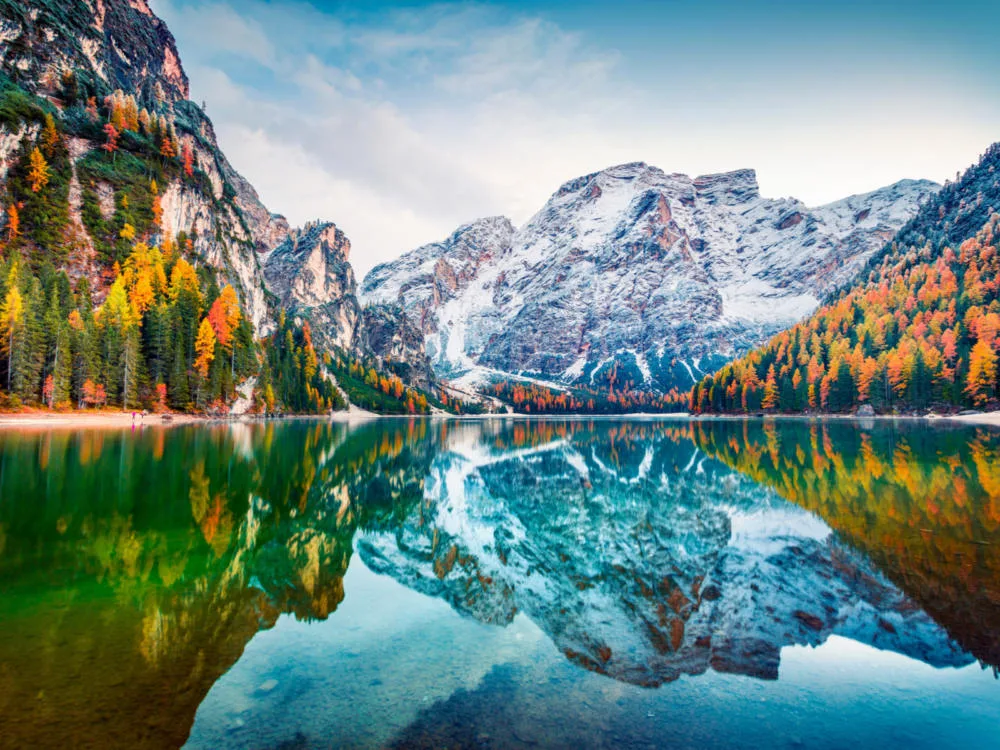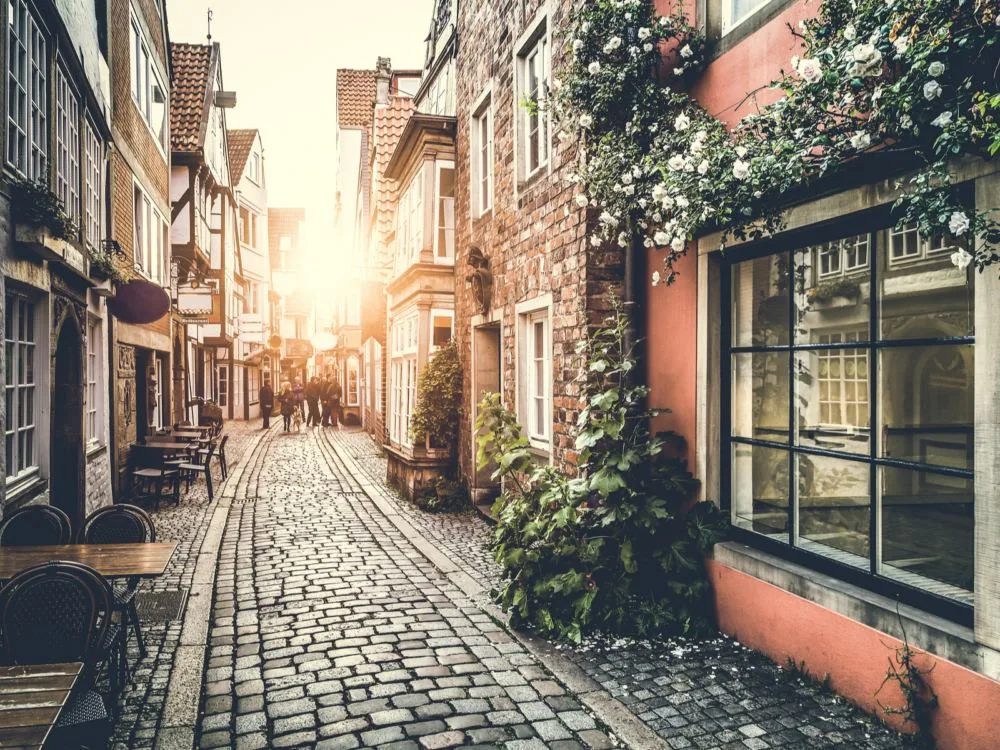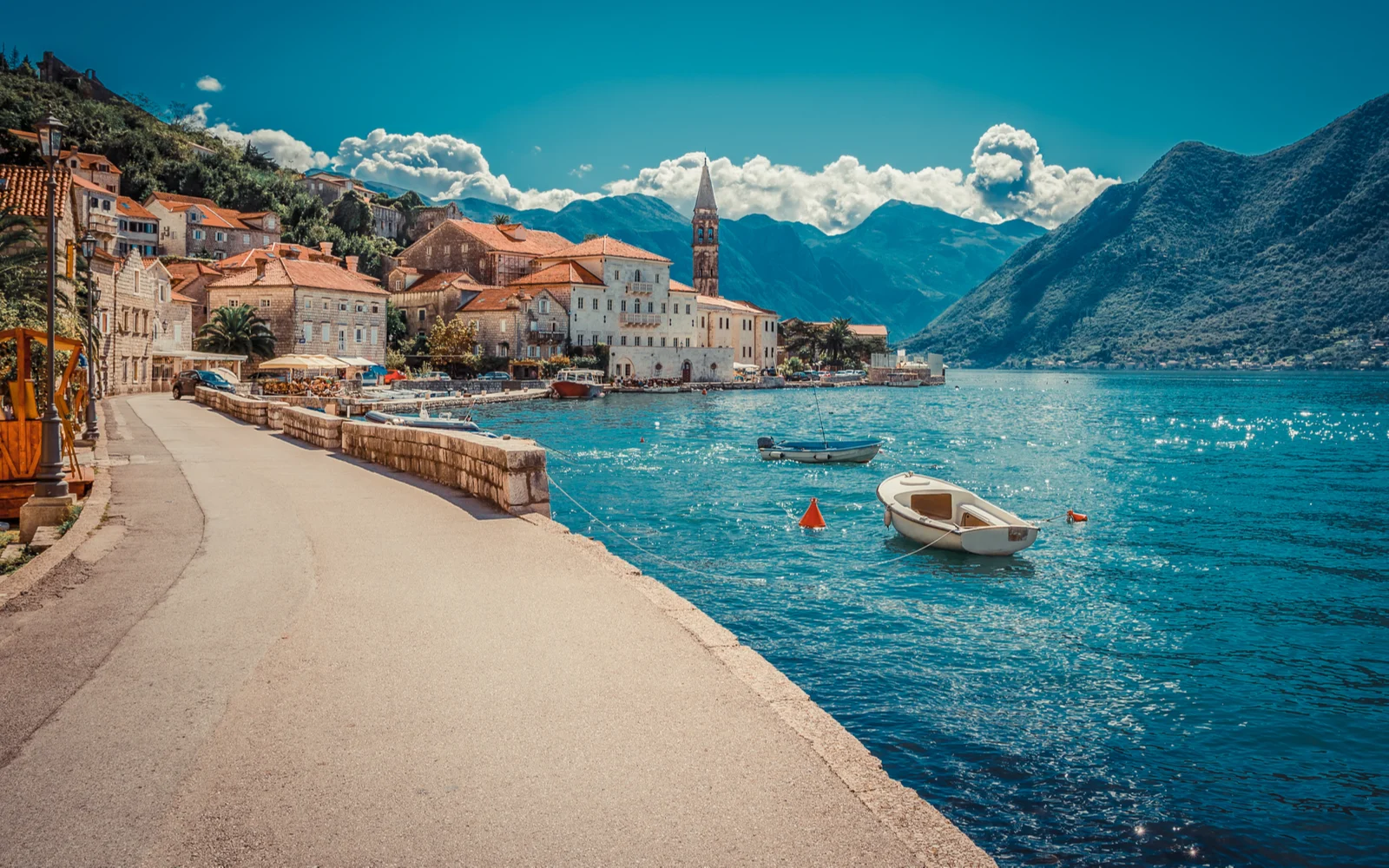What's the best time to visit Europe?
The best times to visit Europe are late spring and early fall, with pleasant weather and smaller crowds. These periods are perfect for outdoor adventures and attending cultural events like Semana Santa and Oktoberfest. Late spring is especially ideal for exploring Europe’s varied landscapes and enjoying its vibrant cultural scene with fewer tourists.
Europe is the smallest inhabited continent in the world, but arguably has the most things to see. A trip anywhere in Europe is sure to be one to remember. Europe boasts beautiful natural landscapes, from the vast forests of Scandinavia to the Mediterranean’s beautiful beaches.
Even more interesting are its cities, such as Paris, London, and Rome, which are steeped with thousands of years of history and are global leaders of culture.
For a sample of when to visit Europe, it’s a good idea to pick a season that shows off the entire continent at its best. Keep reading to learn when to go, including the best, least busy, cheapest, and worst times to visit Europe.
The Overall Best Time to Visit Europe

Martin M303/Shutterstock
The best times to visit Europe are during the late spring or early fall, when you’ll have good weather in most destinations and manageable crowds.
It’s difficult to generalize what weather you’ll find in Europe since we are talking about an entire continent. However, you have the highest likelihood of finding good weather no matter where you visit in spring.
In the very north, in Sweden, winter loosens its hold by April, with temperatures in the low 50s. In the south, it’s warm enough for lounging on the beach but not overwhelmingly hot yet—for example, Malta in April usually has temperatures of 60 degrees Fahrenheit (about 20 degrees Celsius).
Even in famously rainy parts of Europe such as Scotland, the weather dries out in spring. The beautiful weather makes spring the ideal time to go on a continent-wide tour if you’re planning to spend a lot of time outdoors.
You can hike through wildflower-covered meadows in the Alps or walk along the beach in Portugal. The fall also boasts mostly mild, pleasant weather throughout the continent.
Southern Europe is warm enough for swimming sometimes until early October—Crete in October has temperatures in the mid-70s. Further north, such as in Paris, temperatures are cool but not chilly and you can catch the falling leaves.
However, late fall in Europe can get rainy and dreary, so spring has better weather for spending time outdoors. One major benefit of visiting during the spring or fall is that these are Europe’s shoulder seasons.
Although there are still plenty of people around, the crowds aren’t too bad, even at famous attractions such as Rome’s Coliseum. You won’t have to hunt to find a restaurant with free patio seating or wait in line for ages for ice cream.
No matter where you go in Europe, you’re bound to find something to do. The cultural calendar is packed all year round (except in some beach resorts that only live seasonally).
In the spring, you can catch some traditional festivals throughout Europe, such as Semana Santa in Spain, when traditional Catholic orders parade statues throughout the streets.
The fall is a good time to visit if you are interested in high-brow culture. Every other November, Venice hosts the Biennale, an international art exhibition.
Fashion lovers will want to see Fashion Week in Milan and Paris, held in September or October. For a more fun cultural atmosphere, head to Oktoberfest in Munich, a September-long beer-soaked festival.
Cheapest Time to Visit Europe

Andrew Mayovskyy/Shutterstock
The cheapest time to visit Europe is in January and February, when you can find discounts on everything from hotels to shopping. Winter is not always the least expensive season to visit Europe.
December is one of the most expensive times to visit Central Europe as Christmas drives up demand, while the ski resorts are packed (and expensive) throughout this season.
However, most of the continent is experiencing its low season during this time, meaning that prices also go down. In the winter, you can find amazing deals on accommodation pretty much everywhere you go in Europe.
Even in very popular destinations such as Paris, you can find hotels offering prices at 25-30% less than they would in peak season. Sometimes, you can even find deals up to 50% off.
If you are flying into Europe from North America or another continent, January and early February are the least expensive times for flights. Even flights within Europe tend to offer discounts in January and February.
For fashionistas, January is the best month to visit Europe. Many stores including designer shops have their best sales in January after the holiday shopping rush, when you can find huge discounts on the best items.
Least Busy Time to Visit Europe

Canadastock/Shutterstock
The least busy time to visit Europe in the middle of winter, once the Christmas rush is over but the spring visitors haven’t arrived yet. Winter throughout Europe can be cold and blustery, and downright freezing the further north you go.
In maritime destinations, such as the Netherlands or the UK, winter is the rainiest season. The unpleasant weather chases a lot of tourists away, who prefer to visit when it is warmer.
The lower number of visitors makes this the perfect time to visit destinations that are normally packed with people, such as Venice or Paris. Instead of fighting through crowds at famous attractions, you can walk down the streets by yourself and really take in what you are saying.
The staff at businesses are less harried, and you have a higher chance of seeing how the locals really live. Winter is the perfect time for a city break in Europe.
There are plenty of indoor attractions, such as museums, opera halls, or iconic department stores, so the weather won’t affect you as much. Plus, there’s something cozy about having dinner on a patio next to a heater or twinkling city lights at night.
Not all of Europe is uncrowded in the winter. This season brings the most people to the ski resorts of the Alps. Winter is normally the low season in Italy, but Carnival brings packs of people to Venice in February.
Around Christmas, people pack into Central Europe to see the Christmas markets. These are all events worth visiting, but you’ll have to decide if they’re worth the bigger crowds (and higher prices).
Worst Time to Visit Europe

Ekaterina Pokrovsky/Shutterstock
The worst time to visit Europe is during the summer, when most popular European destinations are packed with people. Summer is the most popular time to visit Europe, and that popularity is one of the main drawbacks of visiting during this season.
Summer is peak cruise ship season, and these massive ships contribute to overcrowding at popular destinations. During the peak months of July and August, some destinations such as Barcelona can receive four or five cruise ships a day.
Summer is the hottest season in Europe, but that isn’t always a positive. The sweltering heat in Southern Europe makes it downright unsafe to go hiking or do other strenuous activities in the middle of the day.
Plus, the increasingly hot summers are causing the wildfire season along the Mediterranean to become more dangerous. Still, there are some benefits to visiting Europe in the summer.
If all you want to do is lay on the beach and work on your tan, you won’t mind the crowds and heat—and this is the best time to visit the beach. Summer is also a great time to visit some of the cooler Northern European destinations, such as Norway.
Frequently Asked Questions

Nicola Forenza/Shutterstock
Here are some commonly asked questions people have about picking the best time to visit Europe:
What is the best month to visit Europe?
The best month to visit Europe is September, when you can find warm weather wherever you go, and much fewer crowds than in the summer.
When is the least expensive time to go to Europe?
The least expensive times to go to Europe are either in late fall (November) or in mid-late winter (January-early March).
What time of year is the best weather in Europe?
Late spring and early fall have the best weather in southern Europe, while summer has the best weather in northern Europe.
What months are the rainy season in Europe?
Europe doesn’t have a tropical climate so it doesn’t have a rainy season. The rainiest periods in Europe tend to be late fall and winter, but that depends on the region.
How many days in Europe is enough?
To see all the regions, you’ll need 30 days, and to just see the greatest hits, you’ll need 14 days. However, you’d need a lifetime to see all Europe has to offer.
So, What’s the Best Time to Visit Europe?
The best time to visit Europe depends on what you want to do—lovers of the beach should come in the summer, while those who hate crowds should visit in winter. In general, the shoulder seasons of spring and fall have something for everyone and are the best for a grand European tour.



